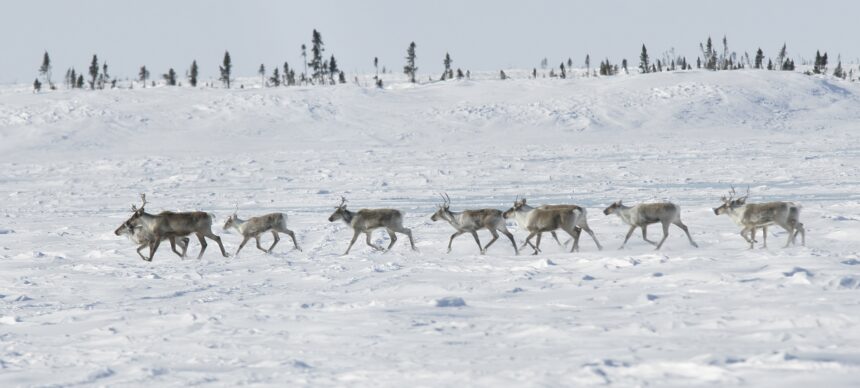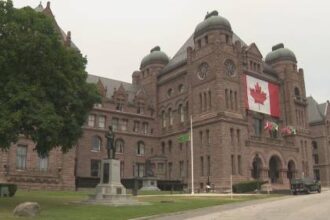As the Arctic transforms under the relentless pressure of climate change, Canada’s iconic caribou herds face unprecedented challenges to their ancient migration patterns. In a groundbreaking initiative unveiled yesterday, Canadian wildlife authorities have deployed advanced artificial intelligence systems to monitor and protect these vulnerable populations across the vast northern territories.
The initiative, dubbed “CaribouGuard,” represents a $17.4 million investment from Environment and Climate Change Canada, combining satellite imagery, remote sensors, and machine learning algorithms to track caribou movements with remarkable precision. “What once required dozens of field researchers working in extreme conditions can now be accomplished with a network of AI-enhanced monitoring stations,” explained Dr. Renée Dumont, lead scientist on the project during yesterday’s press conference in Yellowknife.
The timing couldn’t be more critical. Recent surveys from the Canadian Wildlife Service indicate the Porcupine caribou herd has declined by nearly 23% since 2017, while the Bathurst herd has experienced catastrophic population collapse of over 98% since 1986. These statistics have raised alarms throughout environmental communities worldwide.
“The AI system doesn’t just count animals,” notes Thomas Nakoolak, an Inuit conservation officer from Nunavut who has been collaborating on the project. “It identifies environmental changes affecting migration routes, predicts potential obstacles, and helps us make real-time decisions to protect the herds.” Nakoolak’s integration of traditional ecological knowledge with cutting-edge technology has been instrumental in calibrating the AI to recognize subtle behavioral patterns indigenous hunters have observed for generations.
The system has already proven its worth during this spring’s migration season. When unusually early thaws created dangerous river crossings along traditional routes, CaribouGuard detected hesitation patterns in herd movements and alerted conservation teams who were able to implement temporary protection measures. “We received automated alerts three days before we would have otherwise noticed the problem,” confirmed Wildlife Service Director Hannah Bergman.
However, the technological approach has sparked debate among conservation experts. Critics argue that technology alone cannot address the fundamental challenges facing caribou populations. “AI monitoring is valuable, but without addressing habitat fragmentation from industrial development, these efforts merely document decline rather than prevent it,” cautions Dr. James Wilkinson, wildlife ecologist at the University of British Columbia.
The economic implications extend beyond conservation. Northern communities dependent on caribou for sustenance and cultural practices stand to benefit from more precise conservation efforts. “Better information means more sustainable hunting quotas and protection of essential calving grounds,” explains Robert Kakfwi, representative from the Northwest Territories’ Department of Environment and Natural Resources.
Perhaps most promising is the system’s ability to inform policy decisions. Data collected from CaribouGuard will directly influence protected area designations, development permit approvals, and climate adaptation strategies across the North. “We’re moving from reactive to predictive conservation,” says Minister of Environment Sophie Lambert. “This represents a fundamental shift in how we approach wildlife management in changing landscapes.”
As Canada pioneers this approach, other Arctic nations are watching closely. Similar systems are under consideration in Alaska, Greenland, and Scandinavia, potentially creating a circumpolar network of AI-enhanced wildlife monitoring.
What remains to be seen is whether this technological intervention has arrived in time to reverse the troubling trajectory of caribou populations, or if it will merely provide us with a more detailed understanding of their decline. As the caribou continue their ancient journeys across a rapidly changing North, will our capacity for innovation prove sufficient to ensure their survival?











